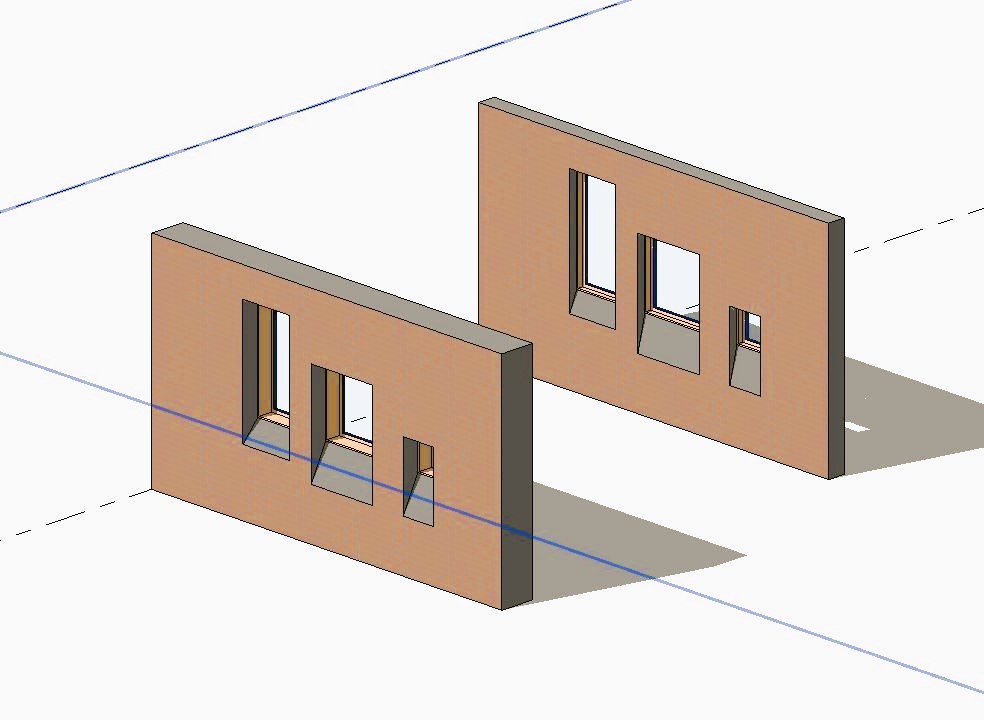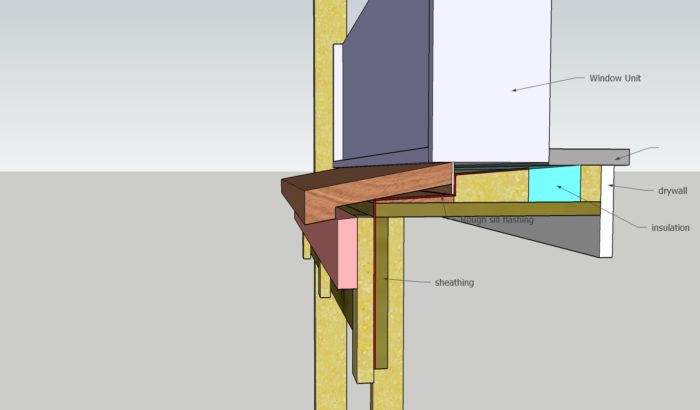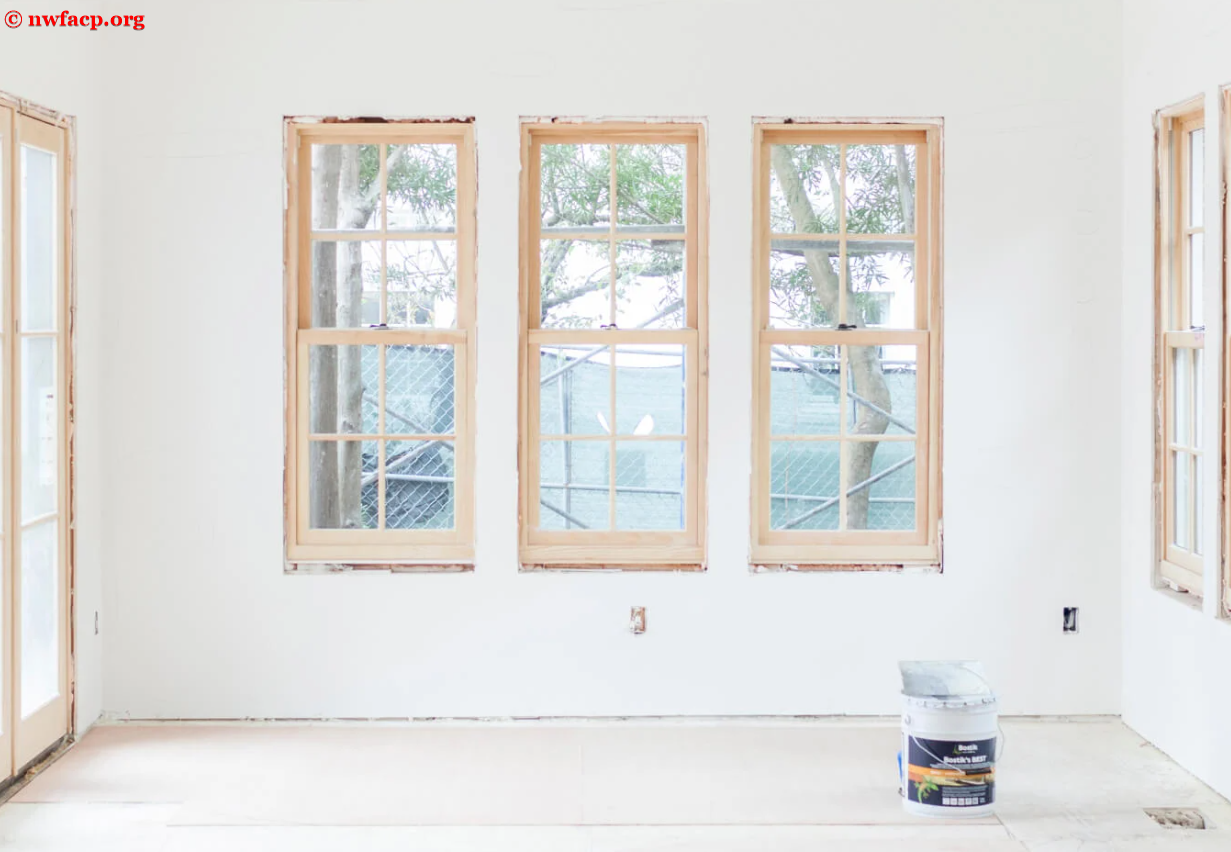Windows are an essential part of any home, providing natural light and ventilation while also helping to keep out the elements. However, the space around windows, known as the window reveals or returns, can often be overlooked when it comes to design and functionality. This is where window sills and window casings, also known as window reveals or returns, come into play. In this article, we will discuss the importance of well-designed window sills and casings, and provide tips on how to choose the best materials and styles for your home.
First, let’s start with window sills. A window sill is the horizontal surface at the bottom of a window, typically made from wood, stone, or a composite material. It serves several functions, including providing a surface for plants or decorative items, as well as preventing water from entering the home during rain or snow. When selecting a window sill, it’s important to consider both style and durability. Wood sills are a popular choice for their natural beauty, but can be prone to water damage over time. Stone sills, such as marble or granite, offer a more durable and low-maintenance option, but can be more expensive. Composite materials, such as PVC or fiberglass, are another option that provides a balance of style and durability.

Now let’s move on to window casings. Window casings are the vertical and horizontal moldings that surround the window opening, providing a finished look and helping to keep out drafts. They can be made from a variety of materials, including wood, vinyl, and composite materials. Wood casings offer a traditional and warm look, but require regular maintenance to prevent rot and insect damage. Vinyl and composite casings, on the other hand, are low-maintenance and come in a variety of styles and colors to match any home’s décor.
When it comes to choosing the style of your window sills and casings, there are many options available. Traditional styles include colonial, Victorian, and craftsman, while modern styles may feature sleek lines and minimalistic designs. It’s important to choose a style that complements your home’s architecture and interior design, while also providing the necessary functionality.
Another consideration when designing your window sills and casings is the color and finish. White is a popular choice for its timeless and classic look, while other neutral colors such as beige, gray, and black can provide a more modern and sophisticated look. Finishes can range from matte to glossy, and can impact the overall appearance of the windows.

In addition to style and materials, it’s important to ensure that your window sills and casings are properly installed. This includes ensuring that they are level, square, and securely fastened to the wall. Improper installation can lead to drafts, water damage, and even structural damage to your home.
When considering what is better to make slopes on the windows, it’s important to also take into account the factors that can contribute to the discoloration of uPVC windows.
Learn more about this issue in our article on Why Do uPVC Windows Turn Yellow.
In conclusion, well-designed window sills and casings are an important aspect of any home’s design, providing both functionality and aesthetic appeal. When selecting materials and styles, it’s important to consider both durability and design, and to choose options that complement your home’s architecture and interior design. Proper installation is also crucial to ensure that your window sills and casings provide the necessary protection and insulation for your home.

